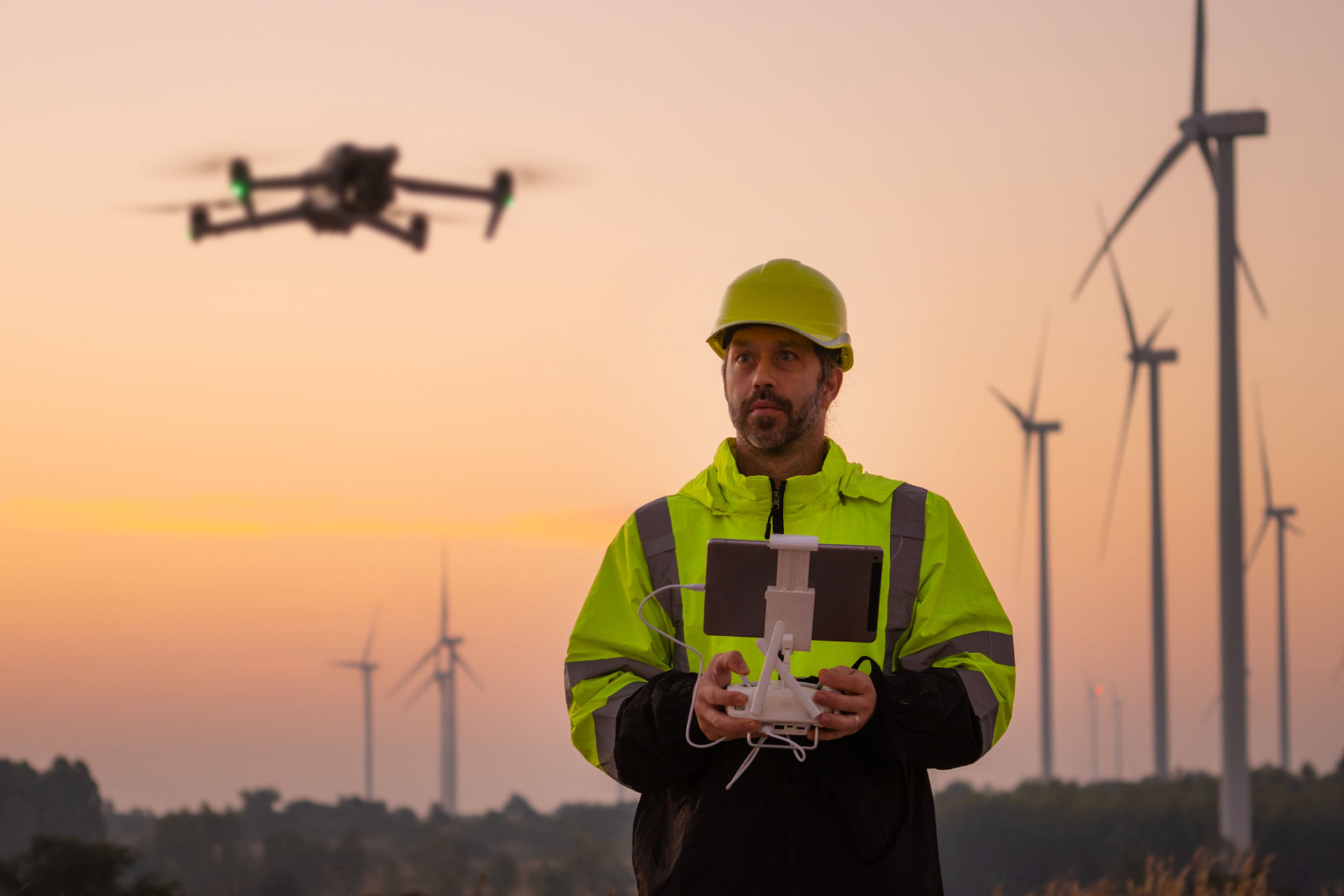Using Drones for Bird Nest Searches: A Modern Approach
Introduction to Drone Technology in Wildlife Research
The use of drones has revolutionized many industries, and wildlife research is no exception. With the ability to access difficult terrains and capture detailed aerial views, drones have become an invaluable tool for researchers and conservationists. One of the most promising applications of this technology is in the search and monitoring of bird nests, providing a modern approach to studying avian life.
Traditionally, locating bird nests required researchers to rely on ground surveys, which are often labor-intensive and time-consuming. Drones offer a more efficient and less intrusive alternative, enabling scientists to gather data while minimizing the disturbance to wildlife habitats.

Advantages of Using Drones for Bird Nest Searches
One of the primary benefits of using drones is their ability to cover large areas quickly. This allows researchers to locate nests in expansive and otherwise inaccessible regions. Additionally, drones equipped with high-resolution cameras can capture detailed images of nests, providing valuable insights into nesting habits and population dynamics.
Another significant advantage is the reduction in human interference. By minimizing the need for physical presence in sensitive habitats, drones help decrease stress on wildlife and reduce the risk of inadvertently damaging nests or surrounding vegetation.
Cost-Effectiveness and Efficiency
Compared to traditional methods, deploying drones can be more cost-effective. While the initial investment in drone technology may seem high, the reduction in labor costs and time spent in the field can lead to substantial savings over time. Moreover, drones can operate in various weather conditions, allowing for consistent monitoring and data collection.

Challenges and Considerations
Despite their advantages, using drones for bird nest searches comes with challenges. One significant concern is ensuring that drone operations comply with relevant regulations and guidelines to protect both wildlife and privacy. Researchers must also be trained to operate drones safely and responsibly.
It is crucial to select the appropriate drone model for specific research needs. Factors such as battery life, camera quality, and flight range must be considered to ensure optimal data collection.
Ethical and Environmental Considerations
While drones reduce human impact on wildlife, care must be taken to ensure that their use does not introduce new disturbances. Noise pollution and the presence of drones can potentially affect bird behavior. Therefore, selecting quieter models and maintaining a safe distance from nests are essential practices.

The Future of Drones in Wildlife Research
As technology advances, the role of drones in wildlife research is expected to grow. Innovations such as thermal imaging and AI-powered analysis are enhancing the capabilities of drones, allowing for more sophisticated data collection and processing.
Drones are not only aiding in the study of bird nesting patterns but are also being used in broader ecological research, such as mapping habitats and tracking animal movements. This expansion offers exciting possibilities for conservation efforts worldwide.
Conclusion
Incorporating drones into bird nest searches represents a significant leap forward in wildlife research methodologies. By offering a more efficient, less intrusive means of data collection, drones are helping scientists gain better insights into avian ecology while promoting the preservation of natural habitats. As technology continues to evolve, the potential applications for drones in conservation are boundless, heralding a new era of ecological research.